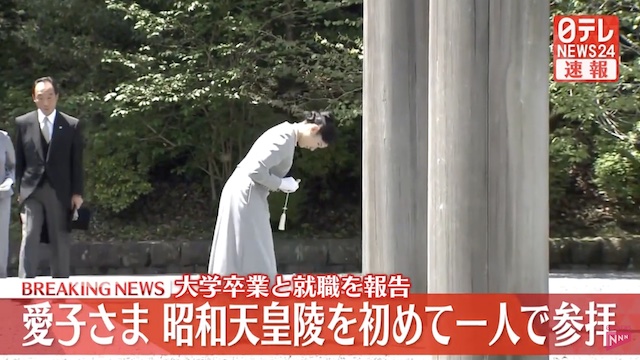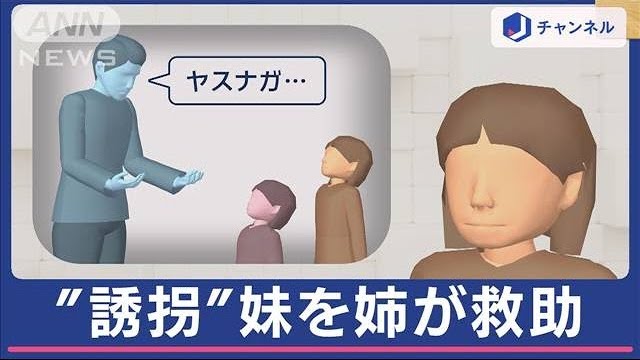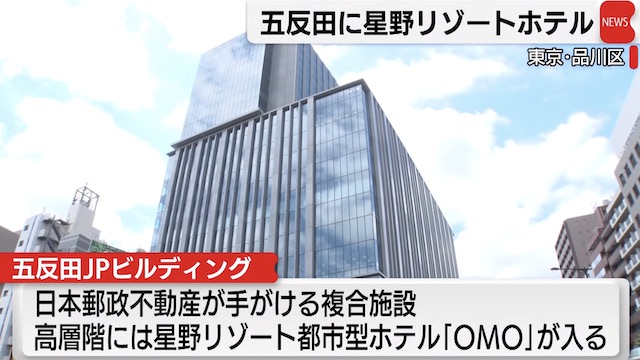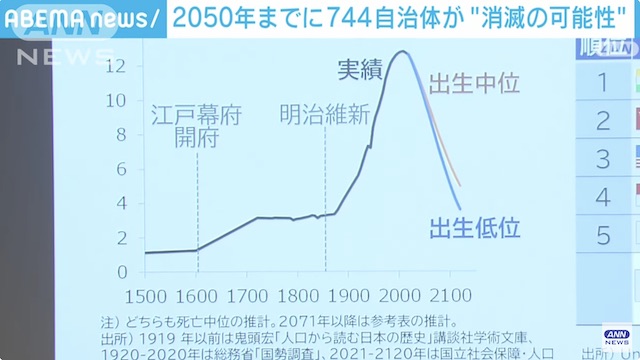Oct 18 (Nikkei) - As Japan's political parties spar over how to reduce inequality ahead of the upcoming general election, three decades of nearly flat wages suggest that growing the economic pie first may be a more pressing priority.
Annual real wages in Japan averaged about $39,000 in 2020 at purchasing power parity last year, an increase of just 4% from 30 years earlier, according to data by the Organization for Economic Cooperation and Development. Over the same period, U.S. wages jumped by roughly half to $69,000, and the OECD average rose by a third to $49,000.
This contrast underscores the challenge confronting Prime Minister Fumio Kishida's new government in realizing his goal of a "virtuous cycle of growth and distribution."
Kishida has stressed distribution as key to jump-starting growth. But the gap between the rich and the rest is not as stark in Japan as in the U.S. or the U.K.
The top 1% of households owned 11% of total net wealth in Japan as of 2014, according to the most recent OECD figures. Japanese government data shows that 12% of households had annual incomes of 10 million yen ($88,000 at current rates) or more as of 2018, down 7 percentage points from the 1996 peak.
In the U.S., where raising taxes on the rich is central to the distribution debate, the top 1% hold 40% of total wealth.
Silicon Valley has come to symbolize this disparity since its tech boom. The median household income in Palo Alto, California, exceeds $150,000, and soaring rents have priced even those with high five-figure incomes out of downtown homes. The state's homeless population has expanded 16% since 2007.
Japan scores better on the Gini coefficient -- a measure of income inequality -- than the U.S. or the U.K. and improved slightly during the 2010s, despite criticism that disparities worsened under former-Prime Minister Shinzo Abe's monetary-stimulus-fueled economic policy.
Japan's internal affairs ministry credits an improving job market for families with children and rising incomes among seniors for the decline in inequality. Japan had about 4 million more people employed in 2019 than a decade earlier, with particularly strong growth among workers aged 65 and older as well as women.
Yet while income gaps are not as wide in Japan as elsewhere, the wage data shows an overall lowering of living standards, for rich and poor.









